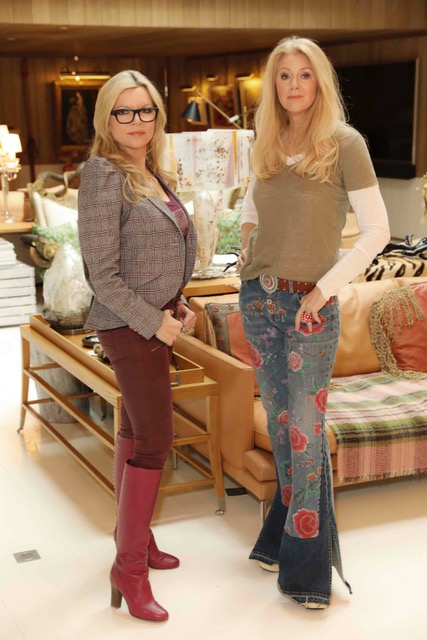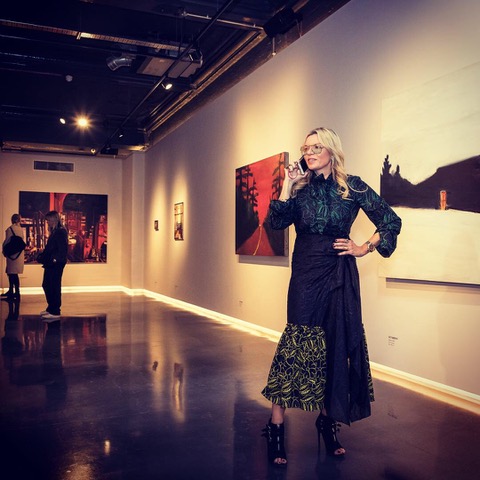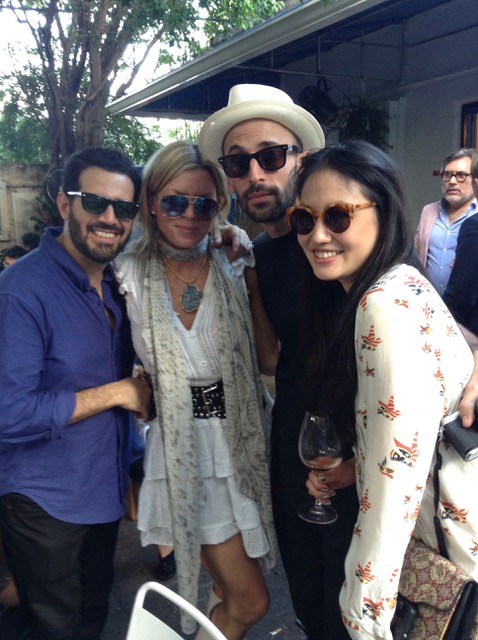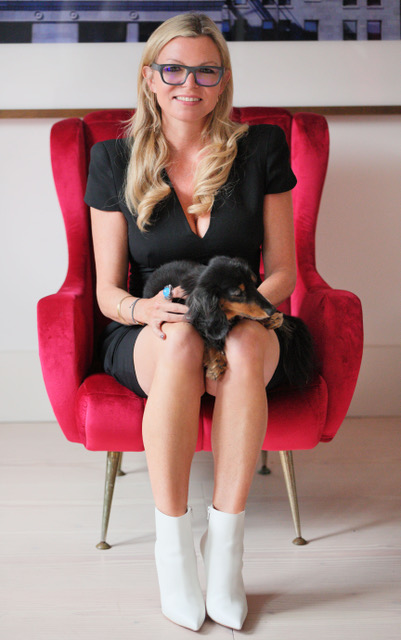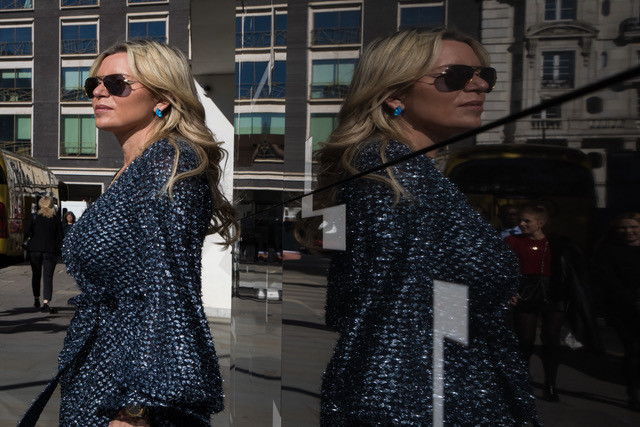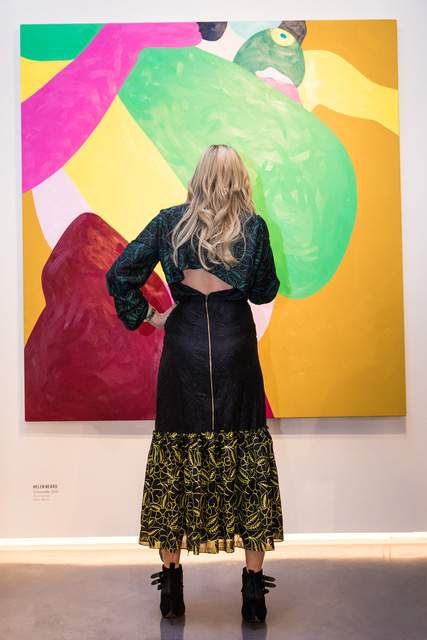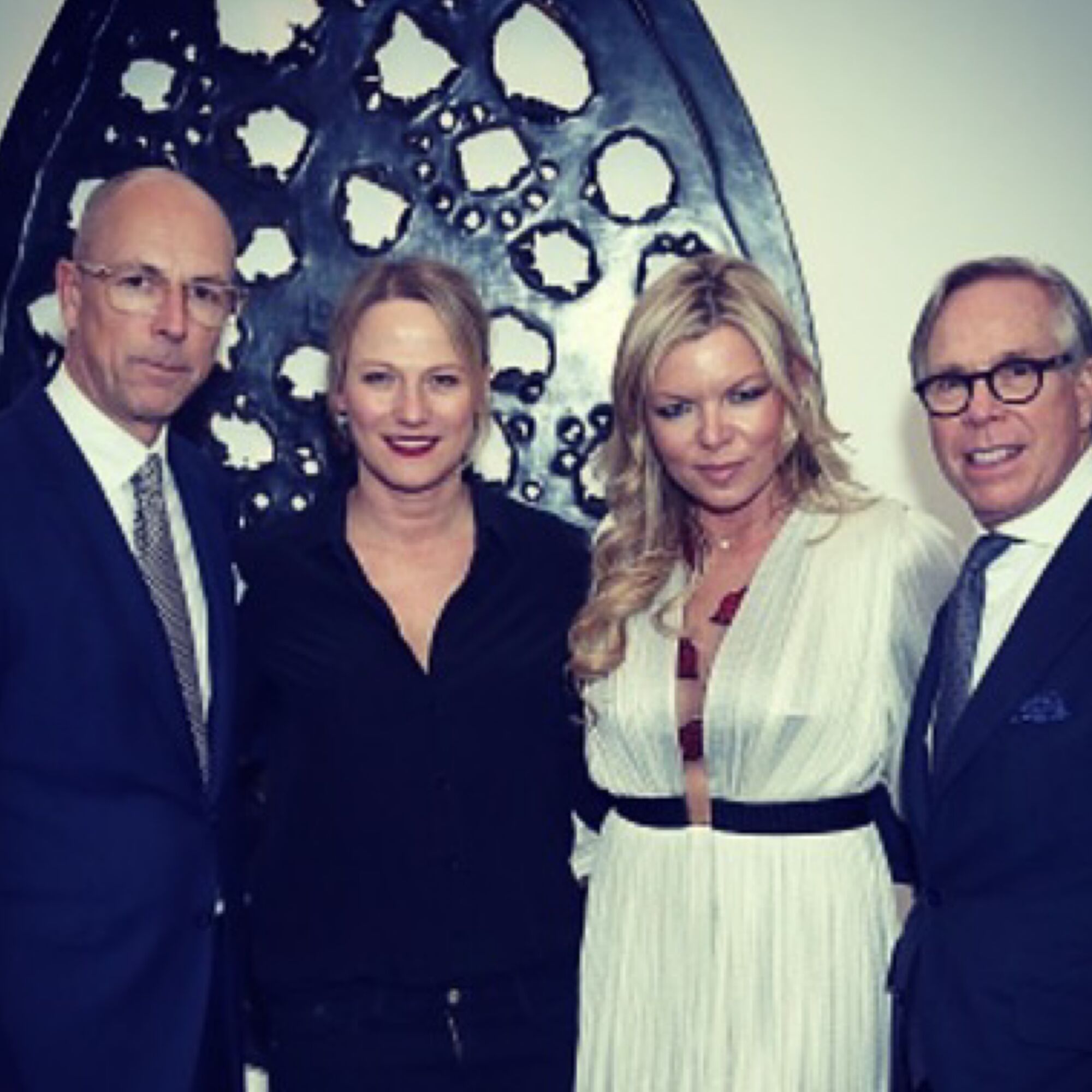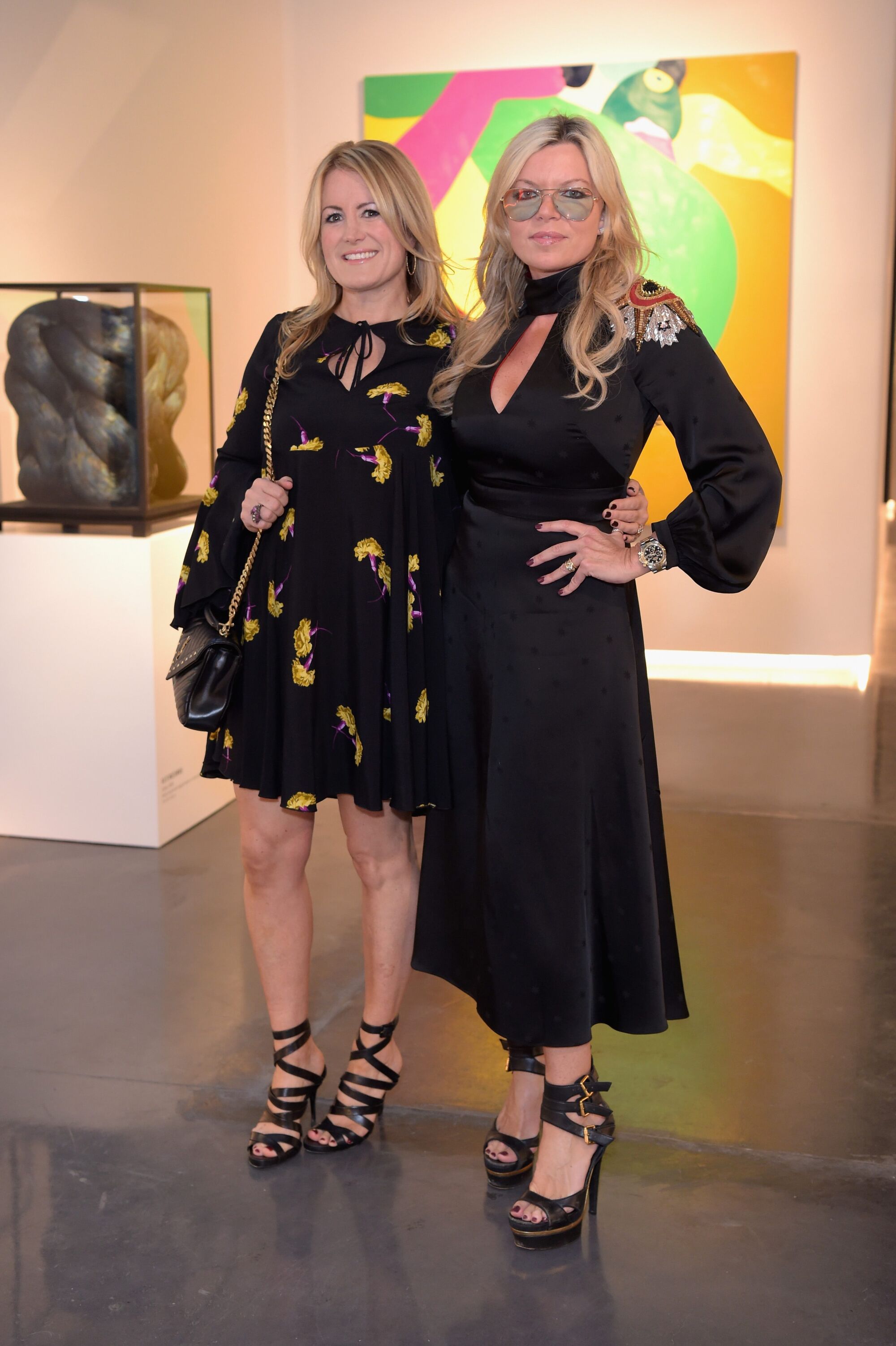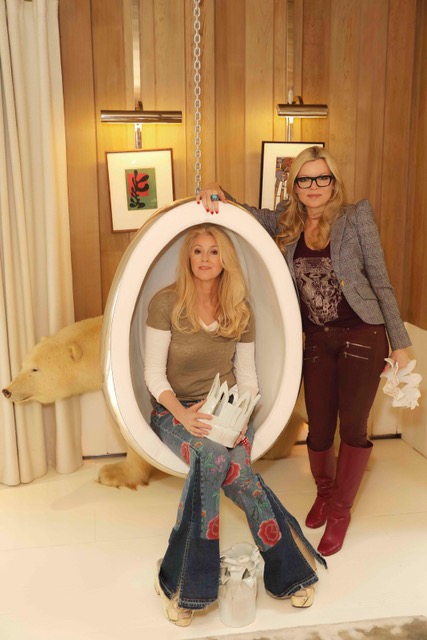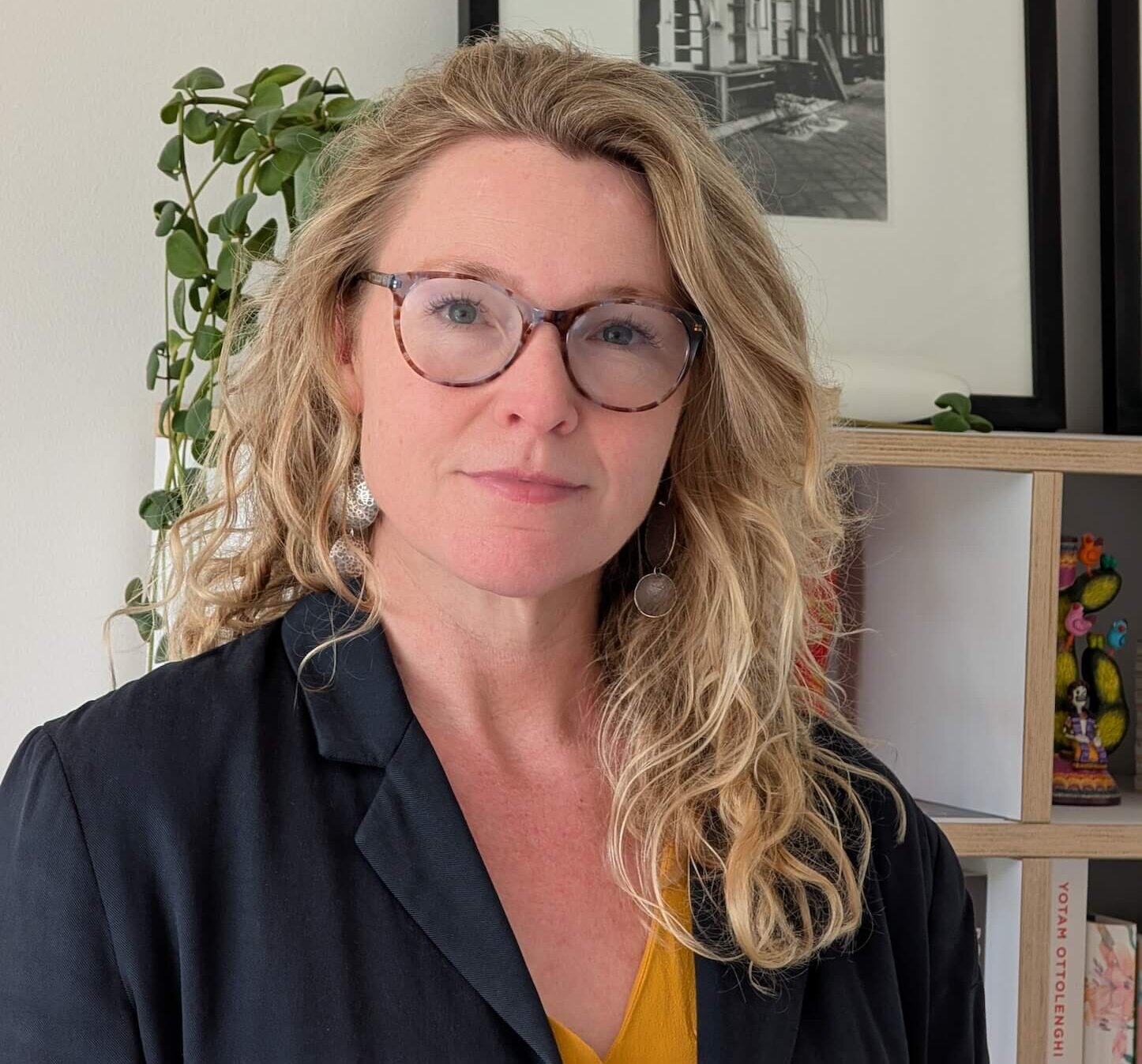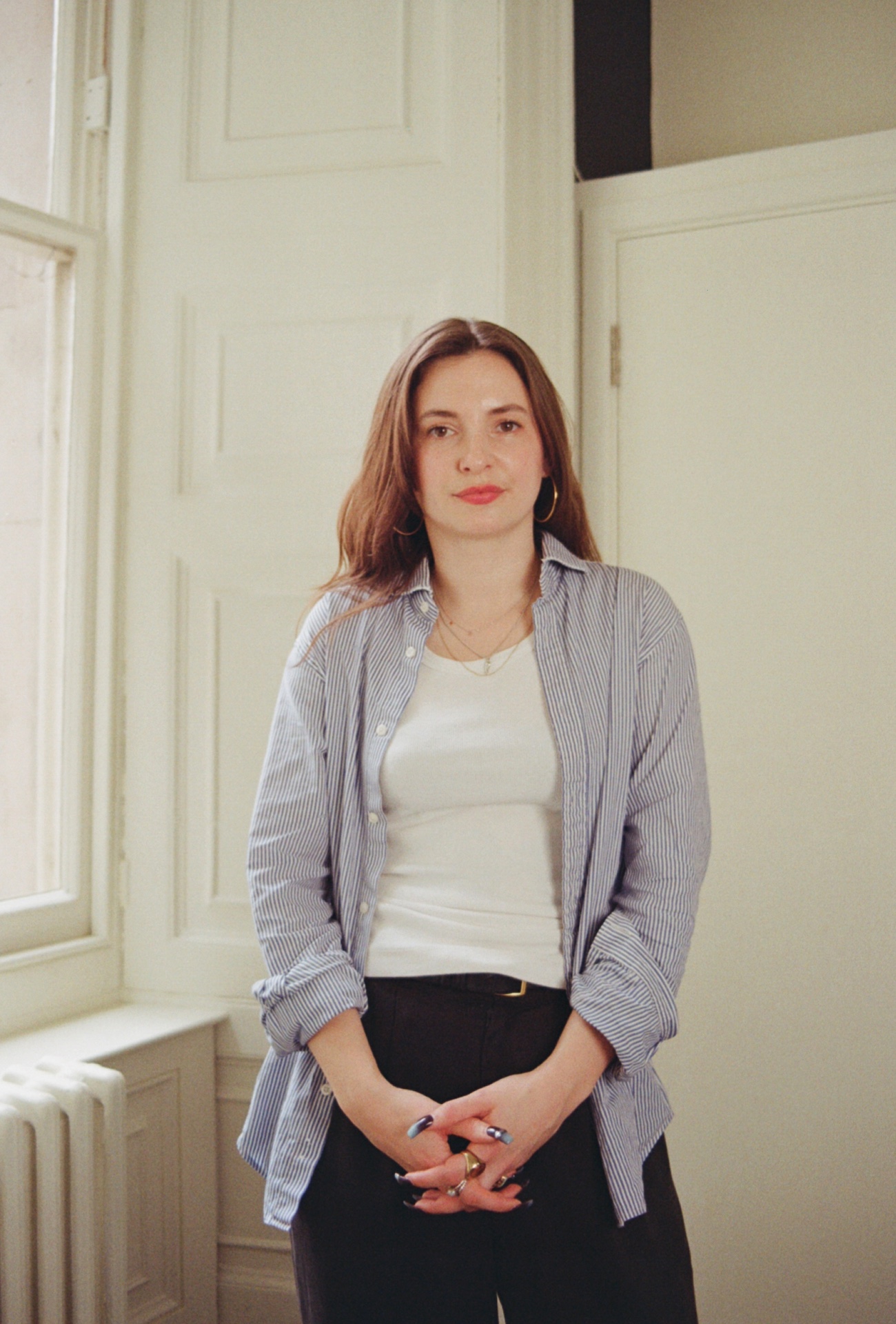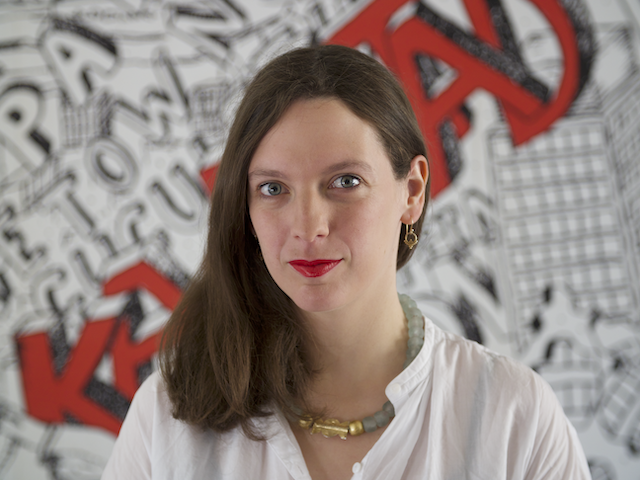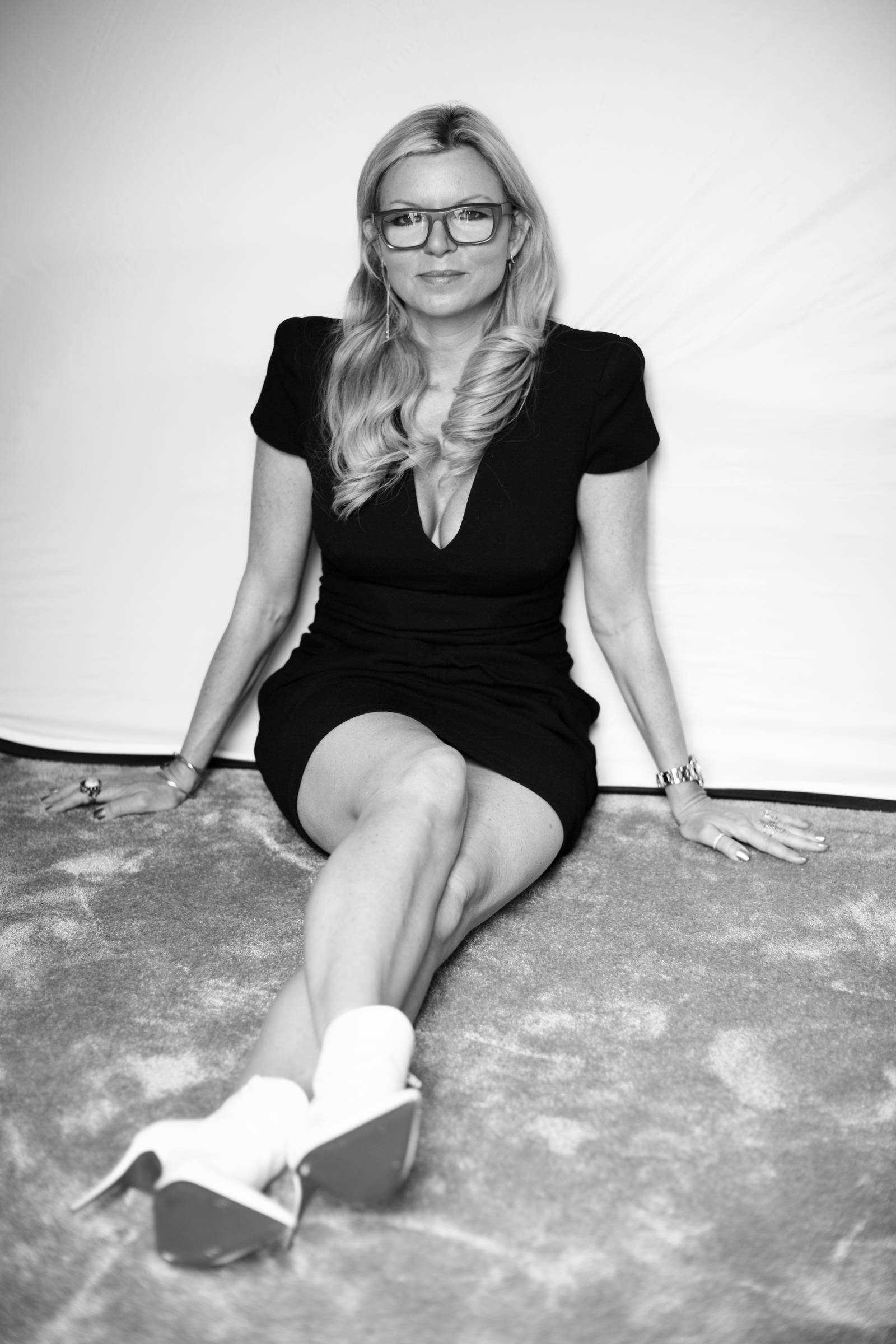

Interview Curator and Art Authority Fru Tholstrup
Her prominent role as an advisor to collectors and international businesses looking to build museum-quality art collections has seen her work with Jonathan Yeo to curate the Soho House Art Collection for chief executive Nick Jones, which began with the West Hollywood House. More recently, she curated the art collection for the landmark Hotel de Crillon in Paris.
An ardent supporter and champion of female artists, she also co-created the acclaimed group exhibition 21st Century Women at Unit London to mark the centenary since some (but not all) women won the right to vote in Britain. Artists ranged from established and emerging, including – Anna Freeman-Bentley, Zoë Buckman, Maggi Hambling, Jenny Saville and Helen Beard.
Not one to be slowed down by a pandemic, her recent achievements include co-founding The Sequested Prize with artist W.K. Lyhne, an open call initiative for portrait artists that championed hope and creativity at a time when the art market needed it most. While Tholstrup inspires us, here’s what inspires her…
THE WICK:
Talk us through your typical Monday.
FRU THOLSTRUP:
It totally depends if I am in the countryside or in London, but the day involves a walk with our Portugese Podengo, Tito Bandito, either on the beach in Dorset or in Hyde Park in London. Nature gives me such inspiration and I listen to art podcasts while walking to motivate and animate my day. Then I sit at my desk and try and catch up on emails and begin extensive research for the show I am working towards or putting together acquisitional proposals for my collectors and working on new business ideas – the day seems to fly by.
TW: You launched Sotheby’s S|2 in 2013 and have significant auction experience. What do you think is the future of collecting?
FT:
For the past year and a half collecting has been only online, the auction houses have cleared the decks and it’s hard for the galleries to keep up with limited resources in comparison, which is a worry. Collecting digitally is the new norm but there is a need for physical art fairs too, especially for the galleries to interact with new clients. We certainly don’t need five a month like before, but the core fairs will remain in the arena like Art Basel and Frieze and the lesser fairs will fall away, which is a good thing as it will keep the content relevant and optimal. I think that the platforms that have been created have made us all think outside the box on multiple levels. I am delighted that the art world has now had to become more transparent, which is a remarkable and stimulating way ahead.
TW:
Is it changing your views on art?
FT:
Yes, I think we all need to look at art in different ways going forward. For example, NFTs and other digital art platforms will keep materialising and we have to try and keep up with the times. However unreal and sensational these unique platforms take shape – the future of art is changing.
TW:
What projects do you have coming up?
FT: I am working on various projects. One is a huge Irish show for 2023 – we are developing a concept for an exhibition to coincide with the 100th anniversary of the Irish Free State in 2022 and we are keen to explore Ireland’s creative journey through those 100 years and it’s changing identity and what it has meant to Irish creatives to be ‘Irish’. We will encompass the visual arts, fashion, music, dance and design. It’s already been a year and a half in the making and is going to travel to many major cities around the world. I am also still working on the art prize that I set up with Nell Lyhne during lockdown called The Sequeste.
“The art world has now had to become more transparent, which is a remarkable and stimulating way ahead.”
Fru Tholstrup
